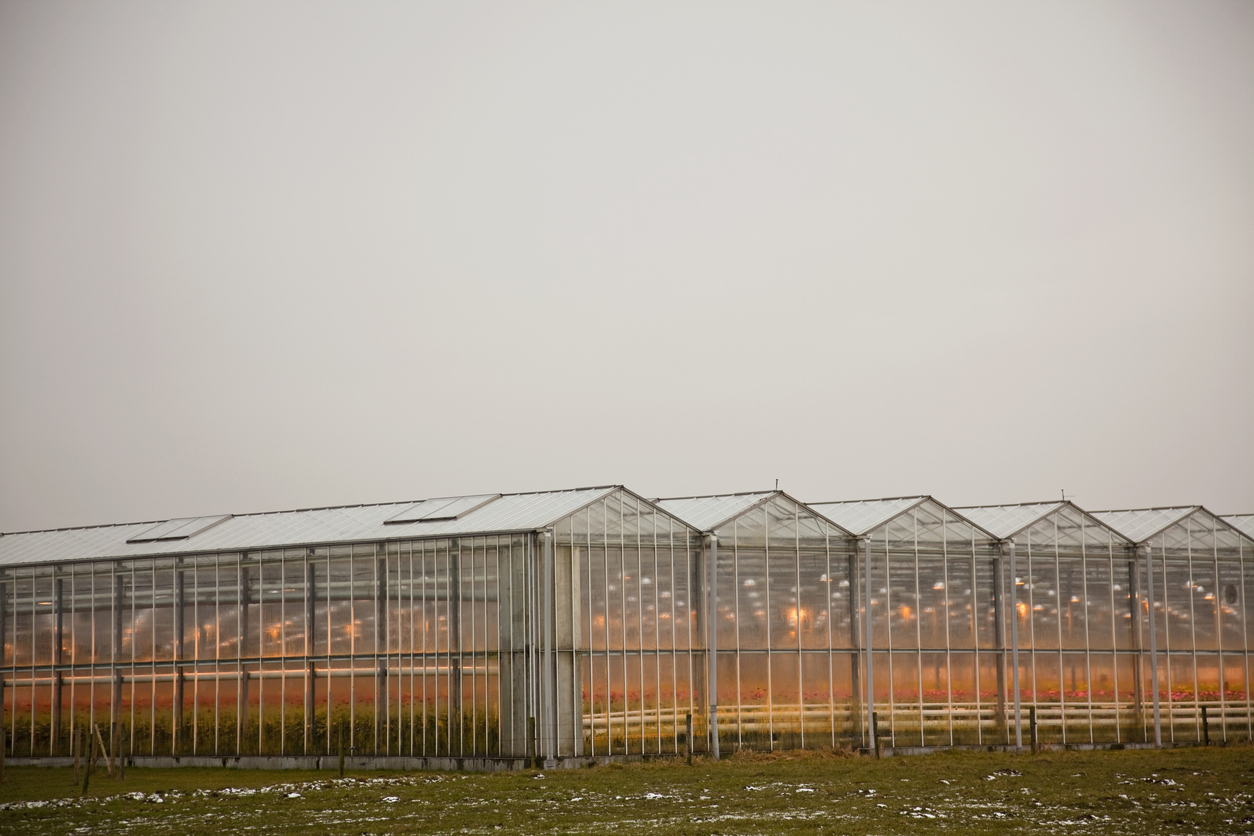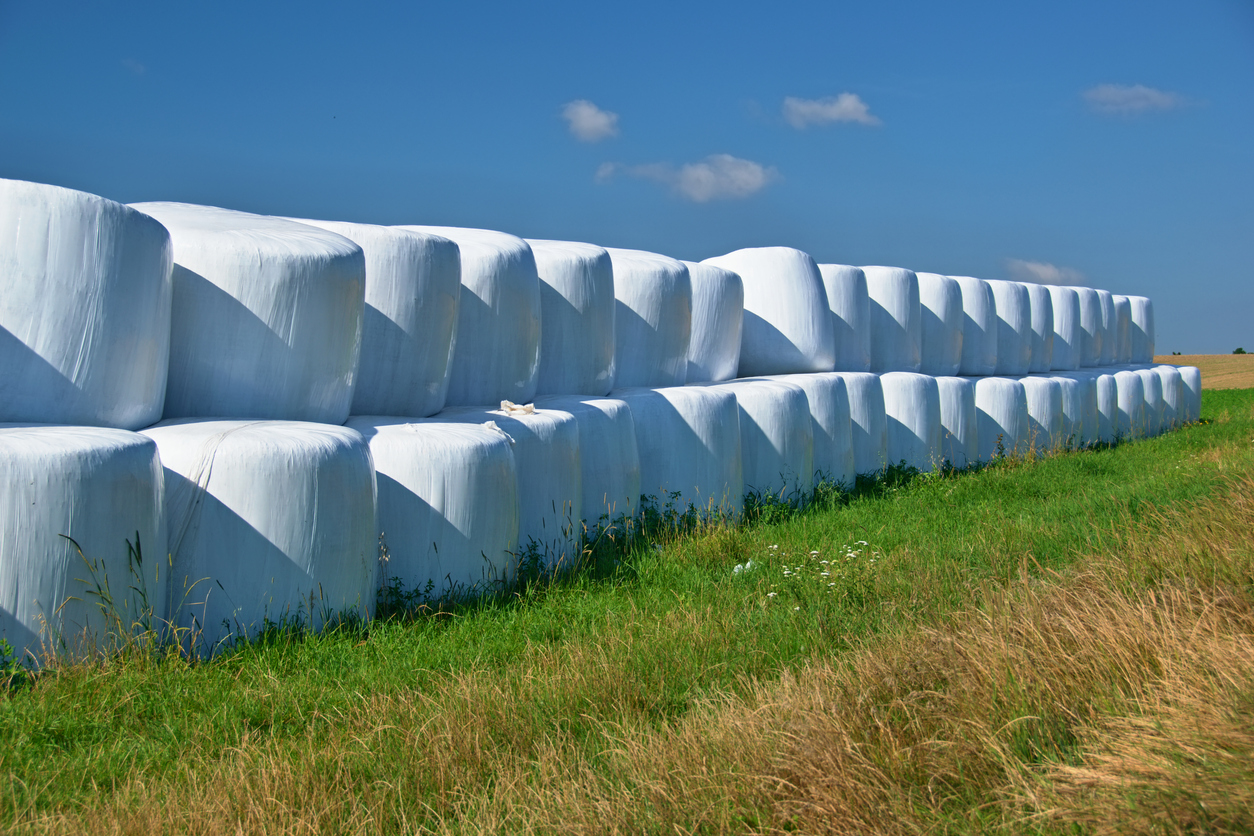The Project
GFS Projects contacted us about a new Fertilizer and Blending facility they were building for Nutrien Ag Solutions in Clyde, Alberta. They were looking for an electrical contractor who specializes in electrical automation solutions and contacted Current Group because of our experience with other similar fertilizer and grain handling facilities. AGI Fertilizer Systems designed the facility utilizing AGI’s Declining Weight Blend System with an LV Controls Fertilizer Blending Control Panel.
How does a fertilizer blending plant work?
A fertilizer blending plant is a facility where different fertilizer materials are mixed together in specific proportions to create customized blends tailored to the nutrient requirements for particular crops or soil conditions. Here’s how it generally works:
- Receiving and Storage: Various raw materials such as nitrogen (N), phosphorus (P), potassium (K), sulfur (S), micronutrients, and other additives are received at the blending plant. These materials often come in the form of granules, powders, and are stored in large bins. The Clyde facility uses 14 large bins to store the raw materials.
- Material Handling and Preparation: Before blending, the raw materials are received and stored in individual component bins.
- Formulation: Based on the specific nutrient requirements of the target crops or soil conditions, a formulation is created specifying the proportions of each raw material needed in the blend. This formulation considers factors such as soil test results, crop type, growth stage, and desired nutrient ratios. A Crop Agronomist or Crop Advisor works with the farmer, testing their land to determine what nutrients are lacking in the soil. They then determine a fertilizer blend of NPK and a fertilizer rate to apply on each field to minimize their crop input cos
- Blending: The raw materials are then accurately measured and mixed together using the AGI Declining Weight Blending System. This system uses precision metering devices and an optimized control system for the required Nutrient fertilizer products (NPK). The custom blend formulation is specified by the Customer’s Agronomist and entered into the blend system PLC control panel through an electronic keypad.

The automation control system sends the rate information to the equipment controls, then continuously monitors the process to ensure a precise and accurate blend of fertilizer.
- Quality Control: Throughout the blending process, quality control measures are implemented to ensure that the final product meets the desired specifications. This may involve sampling and testing the blended fertilizer for nutrient content, particle size distribution, moisture content, and other quality parameters.
- Packaging and Distribution: Once the fertilizer blend has been thoroughly mixed and quality tested, it is sent to a loading bin where it is loaded onto a truck to be shipped to the farmer.
.

A Nutrient fertilizer blending plant can produce custom fertilizer blends tailored to the specific needs of farmers, thereby optimizing crop yields and promoting sustainable agriculture practices.
Services Provided
The project was a partial design build or “design assist” because Nutrien and GFS Projects have a standard design they follow at all their fertilizer blending facilities. Our design scope of work was to work with all suppliers to create a concise electrical power and control installation. Through a consultative approach through the design phase, we managed to find opportunities to save costs on the electrical installation.
The job started with the electrical rough-in where a cable tray and LED lighting were installed while the fertilizer equipment was set in place. While the general contractor was installing the equipment, the main distribution panels, MCC panel, and PLC control panels were installed. Next electrical power cables were run to all equipment motors. The next step is to run the control wires from the electrical control panel to each end device. The Declining Weight Blending System uses many sensitive hopper load cells and combines this with conveyor speed sensors to measure the amount of each fertilizer component in the blend. Continuous monitoring of the conveyor RPM ensures accurate blends. Finally, after the main power service is connected, each end device is tested to ensure the PLC program functions as designed.







